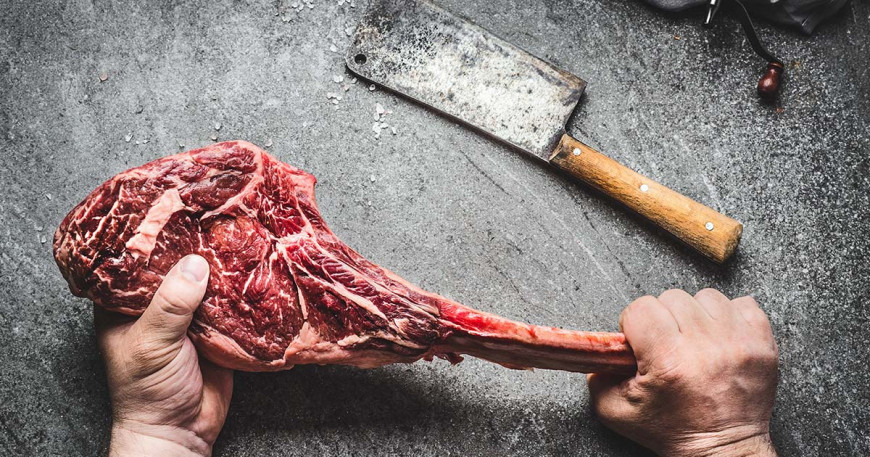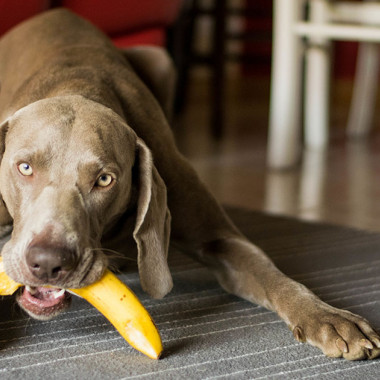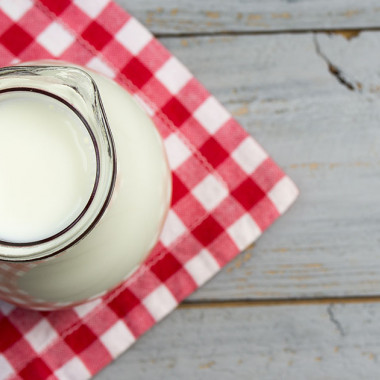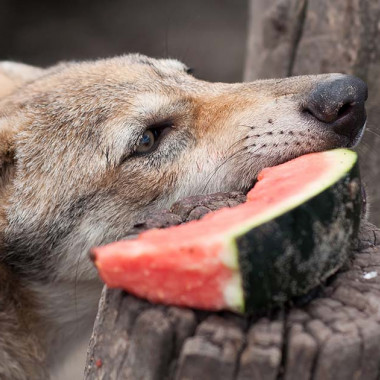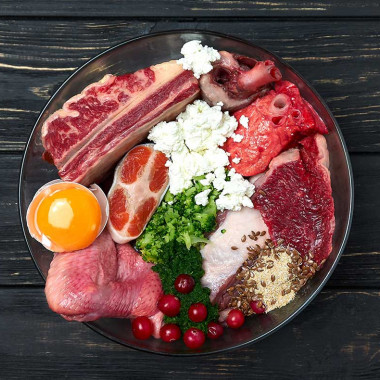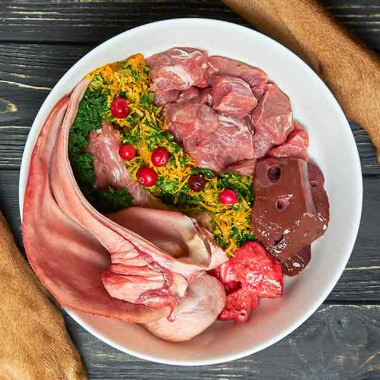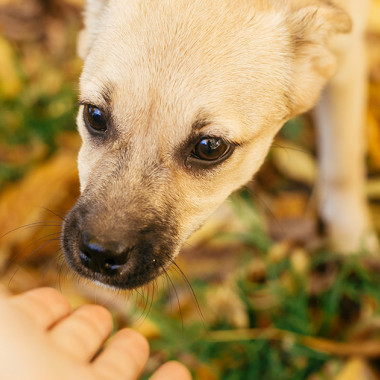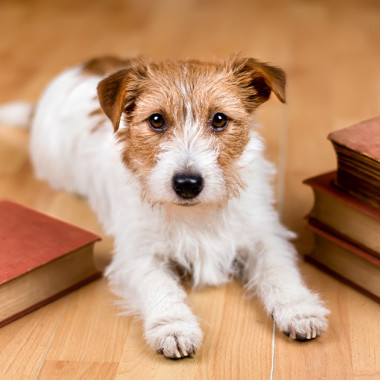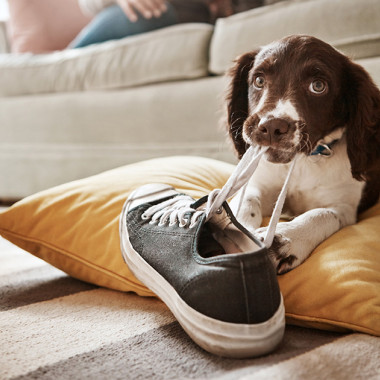Preparing a feeding portion and storing meat requires certain tools. However, these are not special tools for dogs but common kitchen utensils that you also use to prepare your own food. If you're starting with BARF feeding, this article will help you figure out what you will need.
Freezer
It's best to buy meat in larger quantities. However, you need to store it somewhere, and for that, you need a sufficiently large freezer. The purpose of the freezer is not just to keep the meat stored for a long time but also to eliminate potential bacteria and parasites. Freezing for at least 48 hours kills pathogenic bacteria and parasites, making the meat safer to serve raw.
In the process of preparation, it's also recommended to freeze vegetables. The cold doesn't destroy vitamins—both meat and vegetables retain their full quality. Depending on the capacity of the freezer, you can order enough meat and sides, prepare feeding portions in advance (for example, for a week or even a month), and then simply thaw and serve to your dog.
If you want to save time preparing the feeding portions, you can order ready-made BARFER meals from our selection:
Kitchen Scale
To create a balanced portion, you need to measure the exact quantity of the ingredients. At least at the beginning, you'll need a kitchen scale until you get the proportions down by eye.
In addition to the scale, a calculator will come in handy to calculate how many grams of the portion should be meat, bones, and sides. For example, an adult dog's portion consists of 50-60% meat, 20-30% bones, and 20-30% sides. The total feeding portion for a dog per day is 2-3% of the dog's ideal weight.
You can read more about creating feeding portions and structuring a dog's diet in these articles:
Sharp Knife
Everyone who cooks at home should have at least one properly sharp knife for cutting. It will also come in handy for BARF feeding, as larger pieces of meat often need to be portioned or deboned. You’ll also need the knife for cutting fruits and vegetables.
Cutting Board
A cutting board is an essential item in any kitchen. Whether wooden or plastic, it should be large enough to comfortably cut larger pieces of meat. Ideally, you should designate one cutting board in the household exclusively for dog meat. A wooden board, in particular, easily absorbs blood and other juices from the meat, which not only leaves an unpleasant smell but also bacteria.
Meat Grinder
While not essential, a meat grinder can be very useful. It’s particularly handy for grinding meat for puppies, senior dogs, or dogs in recovery who may have trouble eating solid food. The grinder should be of good quality to be able to grind bones as well.
If you don't have a grinder or don’t want to grind the meat at home, you can buy pre-ground meat or meat mixes with bones and offal for your furry friend:
Cleaver
Just like a knife, a cleaver is also part of a cook’s toolkit. For BARF feeding, you’ll need it primarily to divide large bones into smaller portions to optimize their content in the feeding portion. It also works well for chopping larger pieces of meat.
Blender, Grater, Peeler
These tools are useful for cleaning and preparing vegetables and fruits. To make vegetables more digestible for dogs and to ensure they are fully utilized by the digestive system, you need to grate, blend, steam, or freeze them. Long boiling can destroy some vitamins, so it’s not the best method for preparing vegetables in a BARF diet.
In addition to these tools, you can also use ice cube trays to create frozen treats for your dog in various shapes and combinations. However, keep in mind that these treats can cool down your dog’s digestive system, so give them sparingly.
Meat Bags
To store portioned meat conveniently in the freezer, you’ll need food-grade plastic bags, and even better if they are resealable. Another option is plastic containers, but they take up more space in the freezer.
Our tip: Disposable Gloves
Disposable gloves are not only useful for healthcare workers, chefs, or cleaning staff but also at home. You’ll definitely appreciate them when handling raw meat. Especially when you’re portioning a month’s worth of meat for your dog, including treats like liver, kidneys, or unwashed tripe. Latex or nitrile gloves will prevent your hands from absorbing the meat smell, which can be hard to get rid of for several days. Plus, they will protect you from the potential transfer of bacteria that can be present in raw meat.
